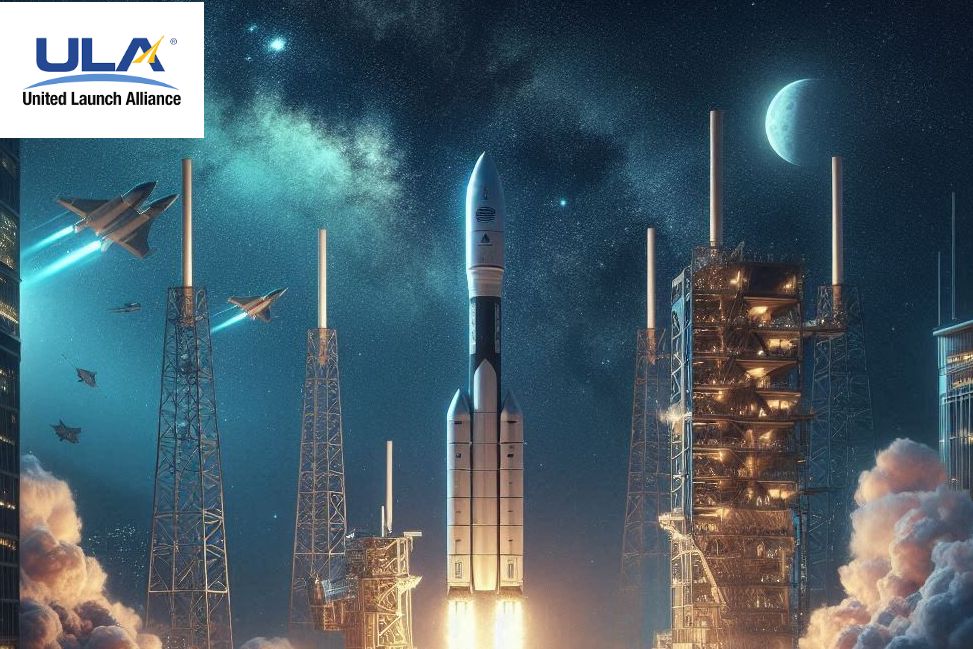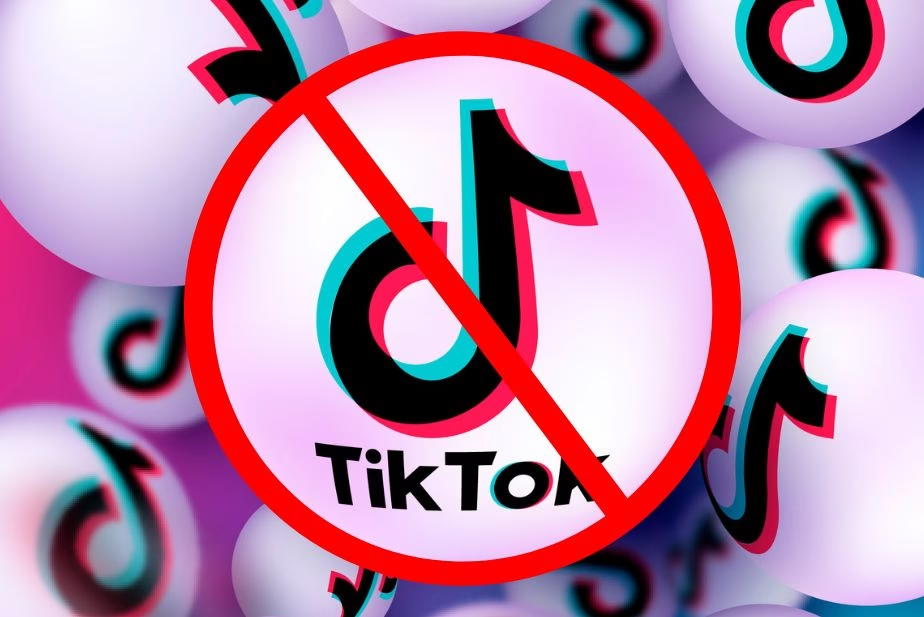Introduction
In the vast expanse of space Unlocking the Skies: The ULA is a one of the pioneer and stands as a beacon of innovation and reliability. Let’s delve into what ULA is all about and how it shapes our journey beyond Earth.
Table of Contents
What Does ULA Stand For?
ULA stands for United Launch Alliance. It’s a collaborative effort between two aerospace giants: Lockheed Martin and Boeing. Their mission is to provide reliable launch vehicles for clients like NASA, the Department of Defense, and other organizations. Headquartered in Denver, Colorado, ULA rockets consider are among the largest and most powerful in the industry.
Technological Approach:
United Launch Alliance (ULA) does incorporate advanced technologies into its operations, including elements of artificial intelligence (AI). The Atlas V, for instance, has a stellar track record of successful launches, boasting over 85 consecutive successful missions, The AI role in the success of the Atlas V rocket primarily revolves around enhancing operational efficiency, optimizing mission planning, and ensuring reliability throughout the launch process. The Delta IV, known for its heavy-lift capabilities, has been crucial in launching high-priority payloads for national security and scientific exploration.
Key Achievements:
National Security:
ULA has been a key partner in launching critical national security payloads, including satellites for reconnaissance and communication.
Scientific Missions
It has supported numerous scientific missions for NASA and other international space agencies, including missions to Mars and outer planets.
Commercial Partnerships:
It’s reliability has made it a preferred choice for commercial satellite launches.
ULA vs. SpaceX: A Comparative Look
1. Size Matters
Atlas V:
Up to 58.3 meters tall (depending on fairing configuration) with a core width of 3.8 meters.
Delta IV Heavy:
Towering at 72 meters, featuring five-meter-wide side cores.
Vulcan:
A robust rocket, 5.4 meters wide and 61.2 meters tall.
SpaceX (Falcon 9 and Falcon Heavy):
Share 3.7-meter cores and stand up to 70 meters tall.
1. Engines Ignite the Future
Atlas V:
Powered by the oxygen-rich closed-cycle RD-180 engine (Kerolox)..
Delta IV Heavy:
Features the open-cycle dual gas generator RS-68A engine (hydrolox).
Vulcan:
Leverages two Blue Origin-built BE-4 engines (methalox).
SpaceX :
- Falcon 9: Equipped with Merlin 1D engines (open-cycle gas generator) producing 7.6 MN of thrust.
- Falcon Heavy: Triples that thrust with a remarkable 22.8 MN.
3. Payload Precision
- Atlas V’s Centaur Upper Stage: Equipped with one or two RL-10 engines (hydrolox), injecting payloads into precise orbits.
- Delta Cryogenic Second Stage (DCSS) of the Delta IV Heavy relies on a variant of the RL-10, the RL-10B-2, achieving an extraordinary specific impulse of 465 seconds.
4. Success Story
- ULA boasts an impressive track record more than 155 consecutive launches with a 100% mission success rate.
- Their precision, passion, and purpose contribute to affordable and reliable access to space.
Conclusion
As the Vulcan era dawns, ULA continues to transform space launch, making it more affordable, accessible, and commercialized. The launching astronauts to the International Space Station and propelling scientific missions, It’s legacy echoes through the cosmos.




